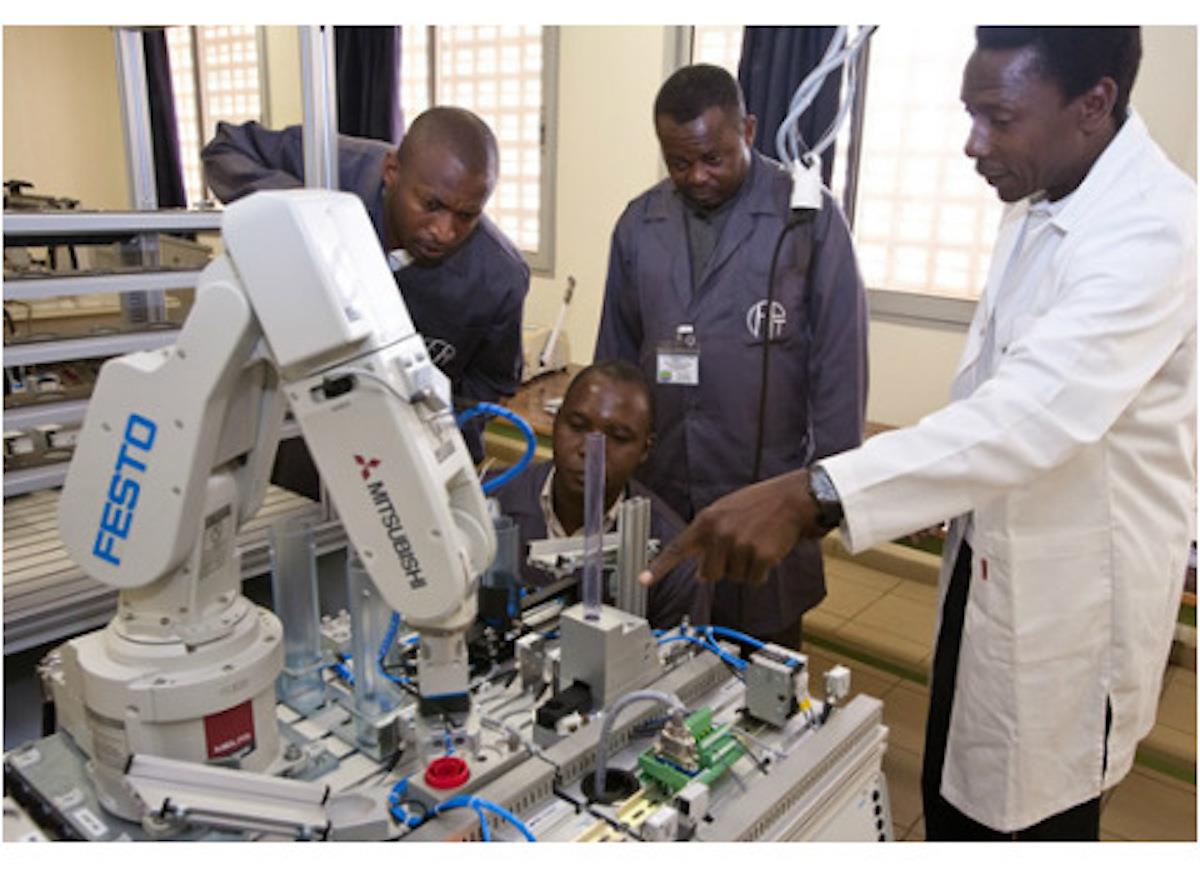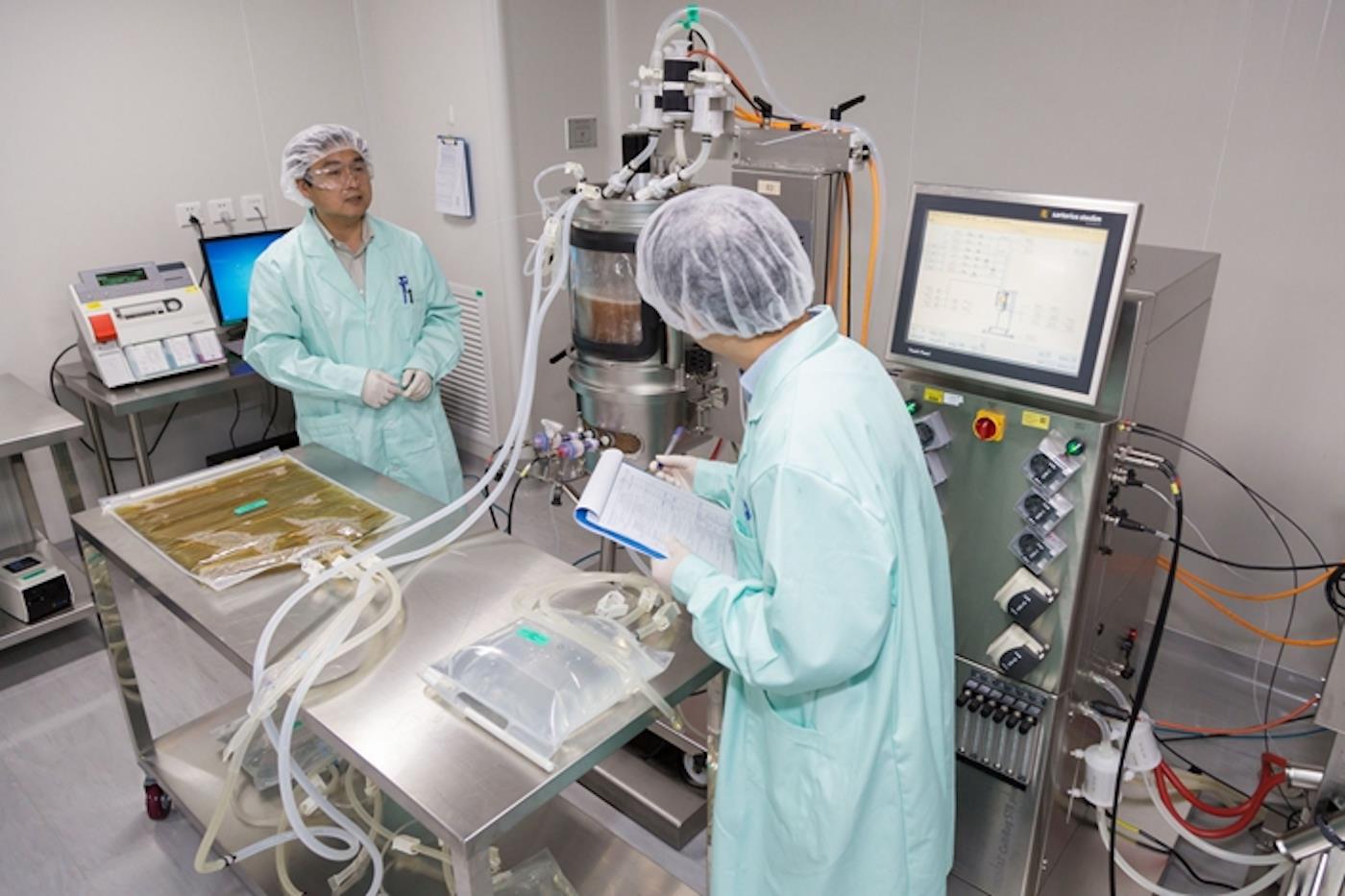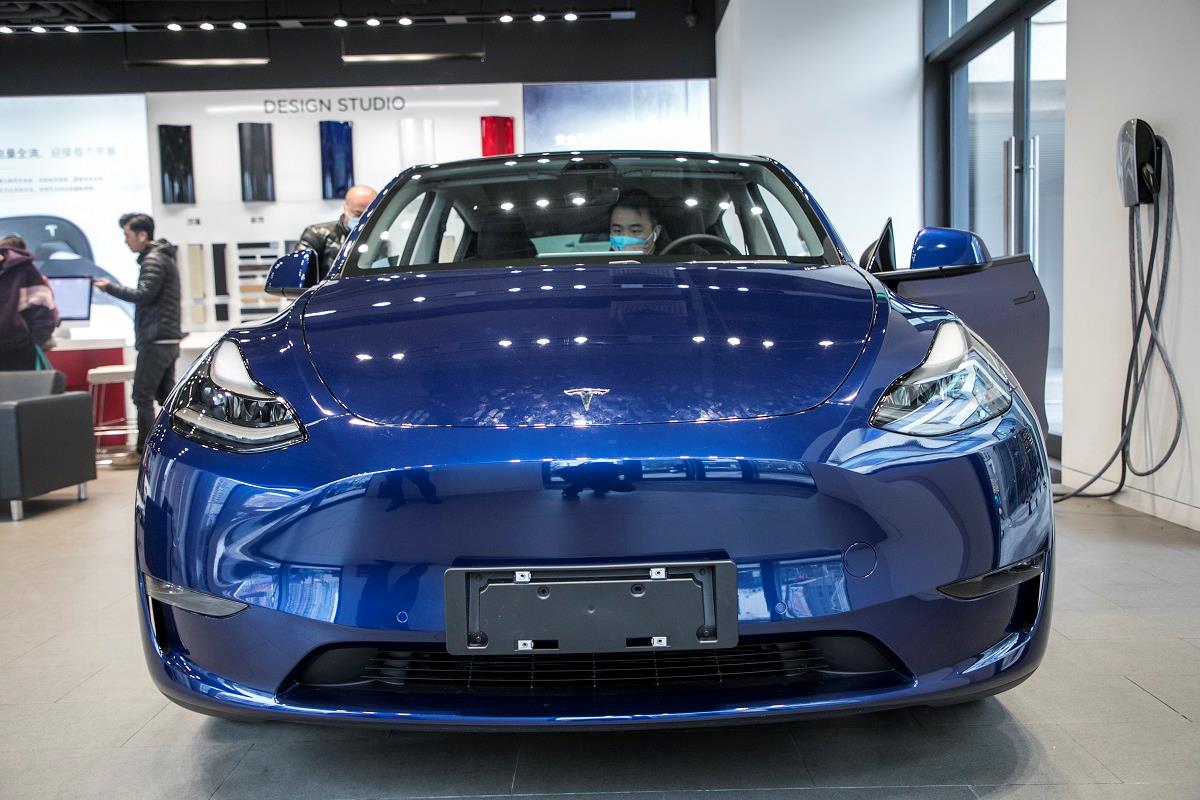China's Electric Cars Pile Up Unbought At European Ports
However, Chinese cars are facing difficulties in finding buyers in Europe. Imported cars, many of which are Chinese electric vehicles, are piling up at European ports, with some spending up to 18 months in port car parks as manufacturers struggle to get them onto people's driveways.
Why is this, though? Chinese electric vehicles in particular are getting positive reviews. Having driven them myself, I can attest that they match or even exceed the well-known European brands in range, quality and technology.
But entering an established market as a challenger is a complex operation. Chinese makers will have to contend with buyer wariness, a lack of brand image, trade protectionism and rapid outdatedness.
Lack of buyer faithChina's automotive expansion program draws parallels with the moves made by Japan in the 1960s and 70s.
At that time, the product coming from Japan was commendable but lacked the finesse, design and longevity of Western counterparts. Japanese cars were thought of as tinny, underpowered and susceptible to rusting, as well as looking very generic compared with stylish European designs.
Memories of Japan's involvement in World War II were also fresh in the minds of buyers (particularly Americans), who were slow to forgive the nation that launched the Pearl Harbor attacks.

China birthrate, robots to move factories to Africa

A US-China pharma drug war in the making

The use and abuse of maps to dehumanize war
However, by constantly focusing on a reliable, relatively cheap and increasingly stylish product, Japan slowly turned this around to become the automotive powerhouse of the 1990s and 2000s.
China is viewed with suspicion by many Westerners and its carmakers are similarly hampered by their recent legacy of producing both endorsed and illegal clones of European cars. But with the lessons of the Japanese to learn from, Chinese cars are rapidly advancing to match and exceed existing alternatives.
China's strategic purchases of brands including Volvo, Lotus and MG have also given it existing brands that are respected and, more importantly, have some of the best engineering knowledge in the world.
Yet, even after buying up Western brands, Chinese automakers have proven unable to buy loyalty from existing customers of such brands as BMW, Porsche, Ferrari and Ford. For these buyers, the history of the brand in terms of known reliability and even things like motorsport success is something that Chinese makers, like the Japanese, will have to build up over time.
It was Ford dealers who, in the 1960s, coined the phrase :“Win on Sunday, sell on Monday.” The phrase is an adage to attest to the fact that if buyers see a car winning a race, they'll be motivated to go out and buy one.

'Win on Sunday, sell on Monday' – a Ford racecar. Photo: Wikimedia Commons
Existing manufacturers also have a legacy of reliability that buyers have experienced for themselves, giving a huge brand-loyalty benefit. Add to this a lack of an established dealer network outside of China and you see how Chinese makers struggle against the established competition.
Challenging trade environmentChina has a price advantage compared with Europe or the US. Economies of scale, excellent shipping links and cheap labor mean that Chinese cars are cheaper both to make and buy.
However, in many countries they are subject to high import tariffs . The EU currently imposes a 10% import tariff on each car brought in. And in the US, car imports from China are subject to a 27.5% tariff.
These tariffs may well rise higher. The EU is conducting an investigation into whether its tariff is too low. If it concludes that this is the case, later this year, higher duties will be applied retrospectively to imported cars.
Cars, and specifically electric vehicles, are also in a phase of their development where they see rapid changes and updates.
Traditionally, vehicle models would see a market life of between four and seven years , perhaps with small updates in trim, color palette or feature availability. But Tesla has turned this on its head .

Sign up for one of our free newsletters
- The Daily ReportStart your day right with Asia Times' top stories AT Weekly ReportA weekly roundup of Asia Times' most-read stories
The Tesla Model S, for example, has seen almost continuous product updates that make it barely recognizable in terms of hardware when compared with a car released in 2012. Chinese automakers have taken note. They are bringing out new models around 30% faster than makers in most other nations.

Constant motion: Teslas are forever updating. Image: Z Screengrab
Tesla is supporting owners of older cars with upgrades, at extra expense , to bring them in line with the latest hardware. Without guaranteed software support like this, the rate at which Chinese automakers are bringing out new models could make buyers wary that the product they have bought will soon become outdated compared with buying a car on a more traditional update cycle.
Many of these factors can be fixed. They also chime more with private buyers than business buyers, who are more concerned with cost. Chinese makers would be well-advised to push harder into the latter market.
In the UK, the fleet market dwarfs the private market, and the situation is similar elsewhere in Europe. Selling en masse to fleets and rental companies gets more cars on the road and allows more data about reliability to feed into the market.
Tom Stacey , is a senior lecturer in operations and supply chain management at Anglia Ruskin University .
This article is republished from The Conversation under a Creative Commons license. Read the original article .
Thank you for registering!
An account was already registered with this email. Please check your inbox for an authentication link.

Legal Disclaimer:
MENAFN provides the
information “as is” without warranty of any kind. We do not accept
any responsibility or liability for the accuracy, content, images,
videos, licenses, completeness, legality, or reliability of the information
contained in this article. If you have any complaints or copyright
issues related to this article, kindly contact the provider above.
Most popular stories
Market Research

- Mediafuse Joins Google For Startups Cloud Program To Scale AI-Driven, Industry-Focused PR Distribution
- PLPC-DBTM: Non-Cellular Oncology Immunotherapy With STIPNAM Traceability, Entering A Global Acquisition Window.
- New Silver Launches In California And Boston
- Invromining Expands Multi-Asset Mining Platform, Launches New AI-Driven Infrastructure
- Forex Expo Dubai 2025 Returns October 67 With Exclusive Prize Draw Including Jetour X70 FL
- Innovation-Driven The5ers Selects Ctrader As Premier Platform For Advanced Traders





















Comments
No comment